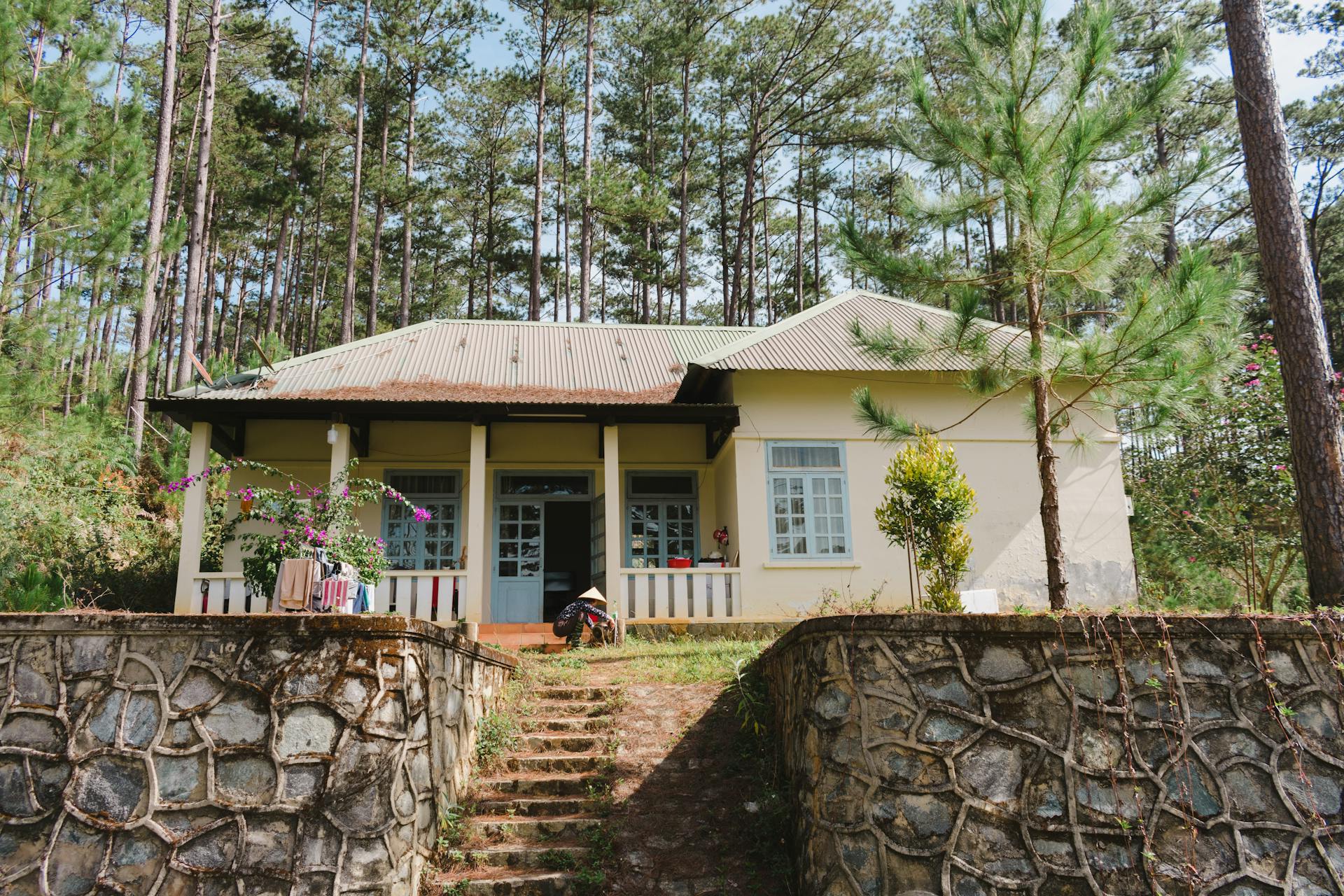

Question: What is the Definition of a Bungalow?
Answer: The definition of a bungalow is a small, single-story house, typically with a low-pitched roof and a wide veranda. It often features an open floor plan.
The Bungalow: An Architectural Icon
The term “bungalow” evokes images of charming, cozy homes, often with a front porch and a distinct architectural style. But what is the definition of a bungalow, precisely? This article delves into the history, key features, and variations of the bungalow, exploring its enduring appeal and ongoing relevance in residential architecture.
The Origins and Evolution of the Bungalow
The bungalow’s roots trace back to the Bengal region of India. British colonists adapted the single-story thatched-roof huts known as “banglas” or “bungalows” to suit their needs. These adapted structures made their way to other parts of the British Empire. The bungalow style eventually reached Western countries, including the United States, in the late 19th and early 20th centuries.
Initially, bungalows catered primarily to the working and middle classes. However, the style’s inherent simplicity and affordability quickly propelled its popularity. The bungalow adapted to various regional influences, spawning distinct variations like the California bungalow, the Chicago bungalow, and the Craftsman bungalow.
Click here for more information about realtors in Orangeville
Related Article: What is a Bungalow in Canada?
Related Article: All About Bungalows
Popular Bungalow Styles Across the United States
The bungalow’s adaptability led to the emergence of distinct regional styles. For instance, the California bungalow often incorporates stucco siding and Spanish Colonial influences. Meanwhile, the Chicago bungalow features brick construction and a more compact footprint, reflecting the city’s urban density.
The Craftsman bungalow, arguably the most recognizable subtype, emphasizes handcrafted details, natural materials, and the principles of the Arts and Crafts movement. Smaller subsets like the Tudor Revival bungalow and the Spanish Colonial Revival bungalow further diversify the bungalow landscape.
The Enduring Appeal of Bungalow Living
The bungalow’s sustained popularity stems from a combination of practical and aesthetic factors. First and foremost, its efficient use of space makes it an ideal choice for smaller families and individuals. Additionally, the single-story layout promotes accessibility and ease of movement.
The bungalow’s connection to nature, through its porches, gardens, and use of natural materials, resonates with homeowners seeking a tranquil retreat. The inherent charm and character of bungalow architecture contribute to its timeless appeal, making it a sought-after style in many neighborhoods across the country.
The Bungalow in the 21st Century
Despite its historical roots, the bungalow remains relevant in contemporary architecture. Modern interpretations of the bungalow style incorporate updated materials and technologies, while still honoring the core principles of simplicity and functionality. Newly constructed bungalows often feature energy-efficient windows, open floor plans, and updated kitchens and bathrooms. They retain the essential characteristics that define a bungalow—the low-pitched roof, the inviting porch, and the emphasis on comfortable living.
Conclusion
The bungalow, with its rich history and diverse variations, represents more than just a housing style; it embodies a way of life. From its humble beginnings in India to its widespread adoption across the globe, the bungalow continues to capture the hearts of homeowners seeking comfortable, efficient, and aesthetically pleasing living spaces. Whether a classic Craftsman or a modern interpretation, the bungalow’s enduring appeal lies in its ability to blend practicality with beauty, creating a truly timeless architectural icon. [ 1 ]
References
1. https://investopedia.com/terms/b/bungalow.asp


